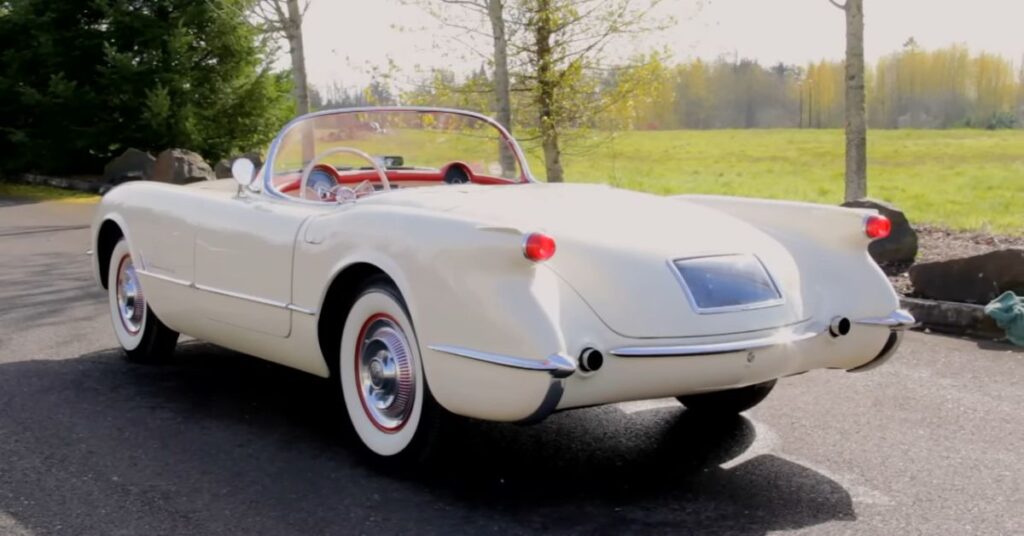The 1953 Corvette holds a special place in automotive history as one of America’s first true sports cars. With its iconic design and unique features, the Corvette became a symbol of American ingenuity and style. In this article, we will delve into the origins of the 1953 Corvette and its significance in the automotive world.
Introduction: America in the 1950s
General Motors (GM) was a dominant force in the early 1950s, shaping American culture through their products and designs. As the largest employer in the U.S., GM went beyond manufacturing cars, extending its influence to various industries. During this era, GM’s vision of an optimistic future was reflected in their automobile spectacles and cutting-edge products.
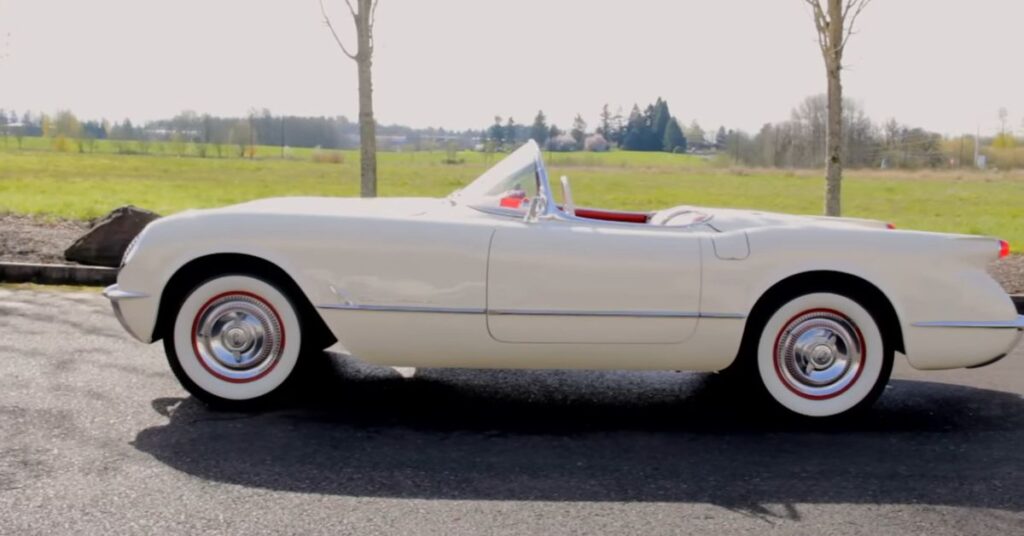
In a time when American car manufacturers focused on producing practical sedans and station wagons, Chevrolet, a division of GM, introduced the 1953 Chevrolet Corvette. Initially designed as a two-seat show car, the Corvette underwent further development to fulfill its potential as a high-performance sports car.
Design and Technological Innovations
The 1953 Corvette had an alluring design that distinguished it from other cars of its time. Its compact two-seater size, wraparound glass, lightweight trim, and open wheel arches combined to create a truly distinctive appearance. What made the Corvette truly groundbreaking was its use of fiberglass in its body construction. As the first major American car to utilize this futuristic material, the Corvette intrigued and captivated car enthusiasts with its innovative design.
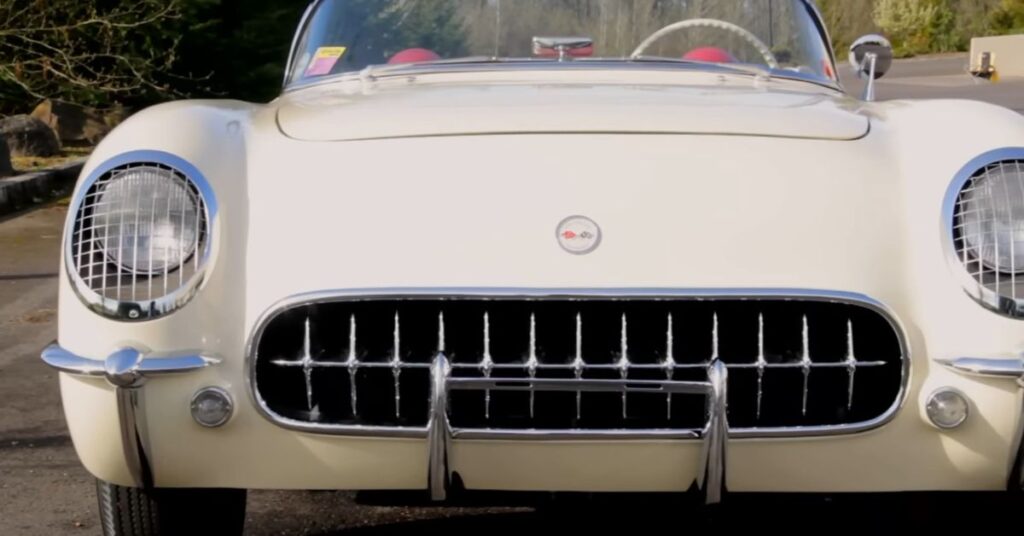
The incorporation of fiberglass in the Corvette’s body structure was a significant leap forward in automotive manufacturing. This lightweight and durable material not only enhanced the car’s performance but also contributed to its unique aesthetics.
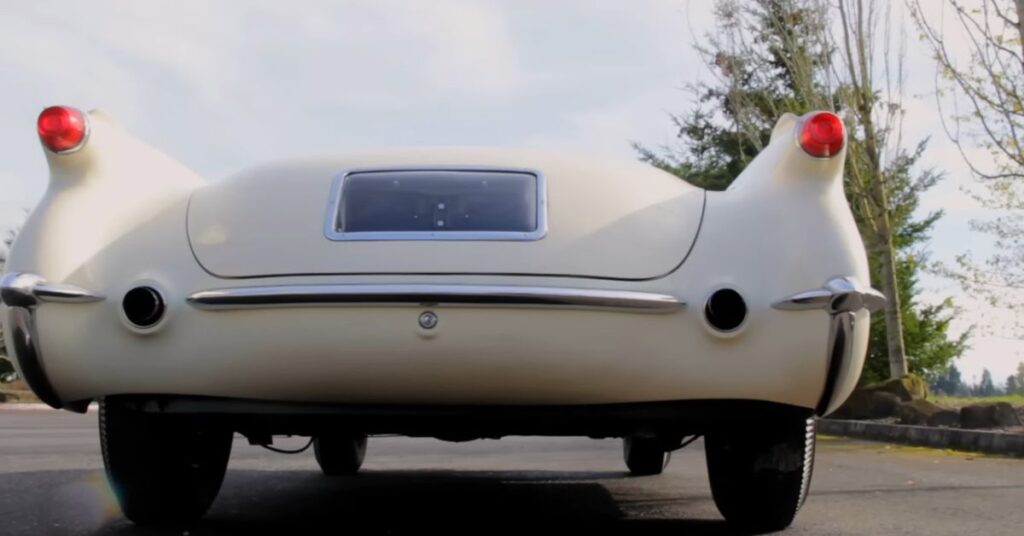
The Corvette’s fiberglass body was a departure from the traditional steel bodies used in most cars at that time. This technological advancement showcased Chevrolet’s willingness to push boundaries and experiment with innovative materials, setting a new standard in the automotive industry. The use of fiberglass in the 1953 Corvette laid the foundation for future advancements in car manufacturing and design.
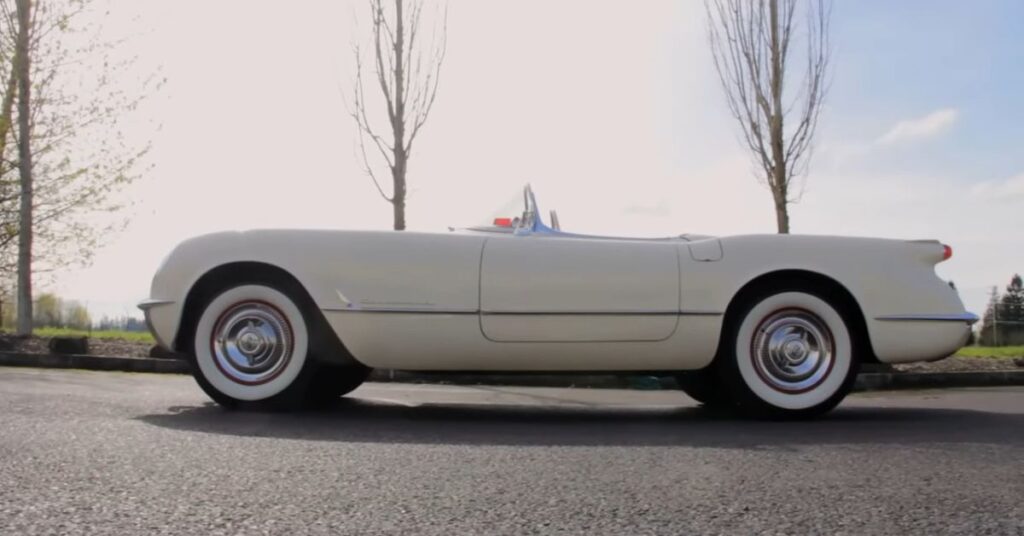
Performance and Racing Ambitions
Although the 1953 Corvette did not possess the power and agility of its successors, it established the foundation for future performance enhancements. Equipped with a 235 cubic inch straight-6 engine, the Corvette produced a modest 150 horsepower. Its basic solid axle suspension system, derived from Chevrolet car parts, allowed the Corvette to compete in various racing events, providing Chevrolet and GM with a boost in reputation and sales.
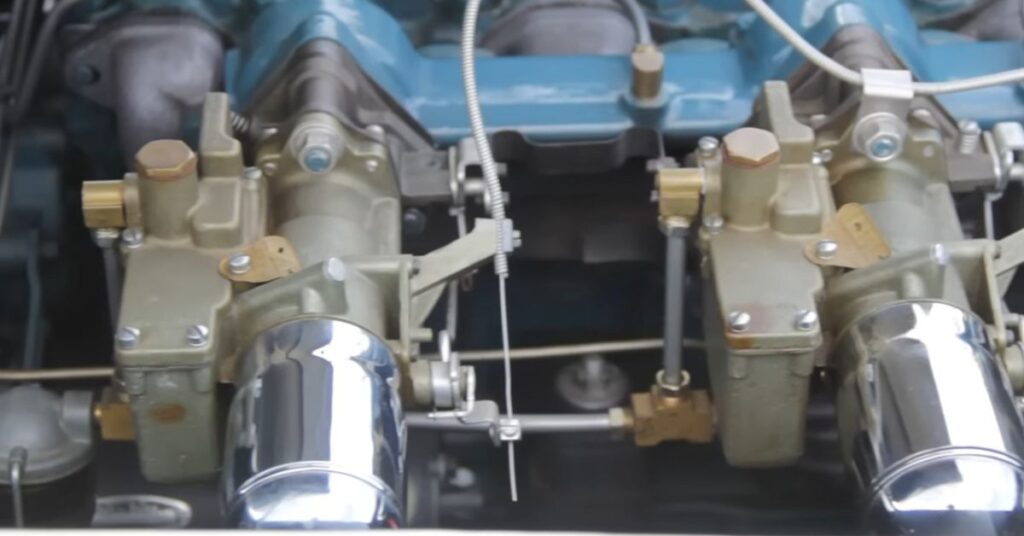
The Corvette’s journey continued with significant advancements in the following years. In 1955, it received the iconic small-block Chevy V8 engine, which provided the power needed to match its stunning aesthetics. Since then, every Corvette has adhered to the same winning formula—a sleek v8-powered two-seater wrapped in a fiberglass body, incorporating advanced technology under the hood.
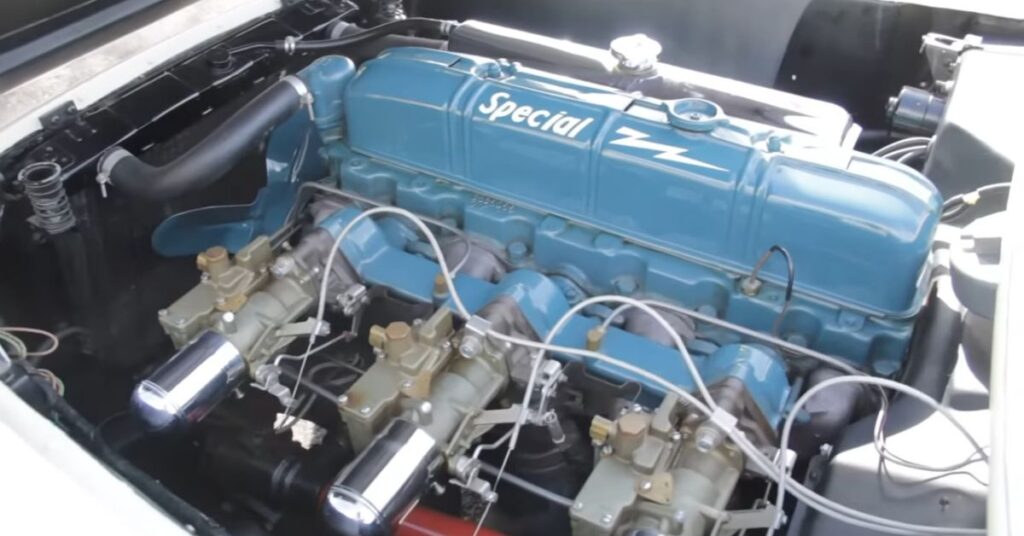
The Interior
The interior of the 1953 Corvette was just as remarkable as its exterior design. Despite its compact size, the Corvette offered a comfortable and stylish cabin for its occupants. The dashboard featured a set of gauges positioned at the center, adding to the sporty and driver-focused atmosphere of the car. However, it received some criticism for the gauges being challenging to read. Nonetheless, the overall look and feel of the interior were sleek and enticing.
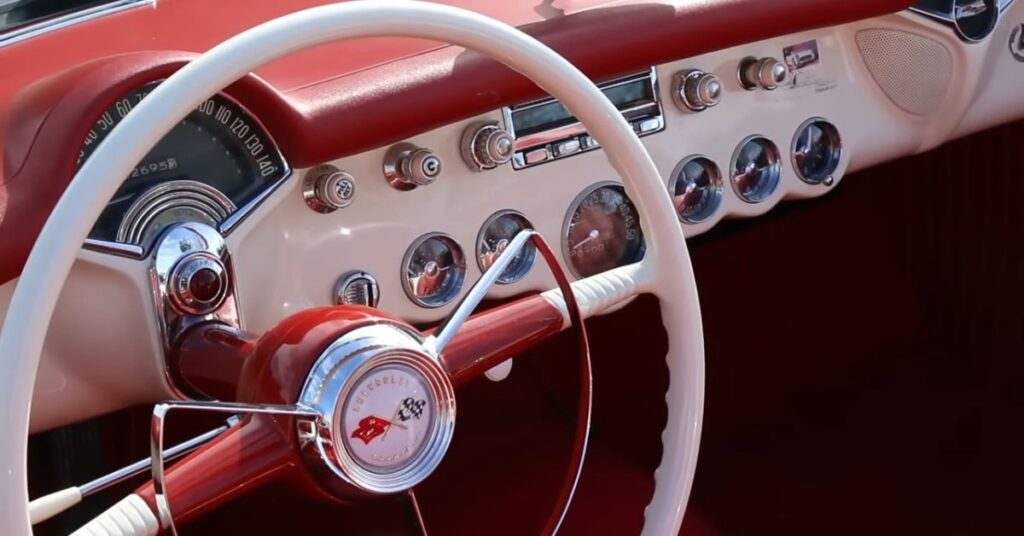
In terms of amenities, all 1953 Corvettes came with two mandatory options: a heater and an AM radio. These features added a touch of convenience and entertainment to the driving experience. The seats were upholstered in plush materials, providing adequate comfort for the driver and passenger during their journeys. Despite its simplicity, the interior of the 1953 Corvette exuded a sense of elegance and sportiness that complemented the overall character of the car.
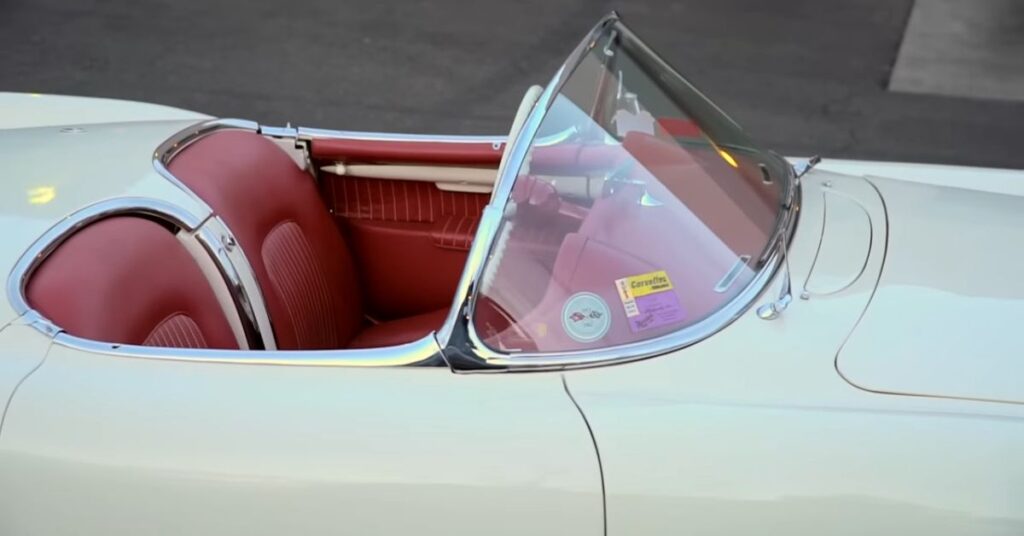
It’s important to note that the 1953 Corvette had a minimalistic approach to its interior design. As a two-seater sports car, the focus was on providing a driver-oriented cockpit that emphasized the thrill of driving rather than luxurious appointments. The straightforward and uncluttered layout of the interior allowed drivers to fully immerse themselves in the exhilaration of the open road.
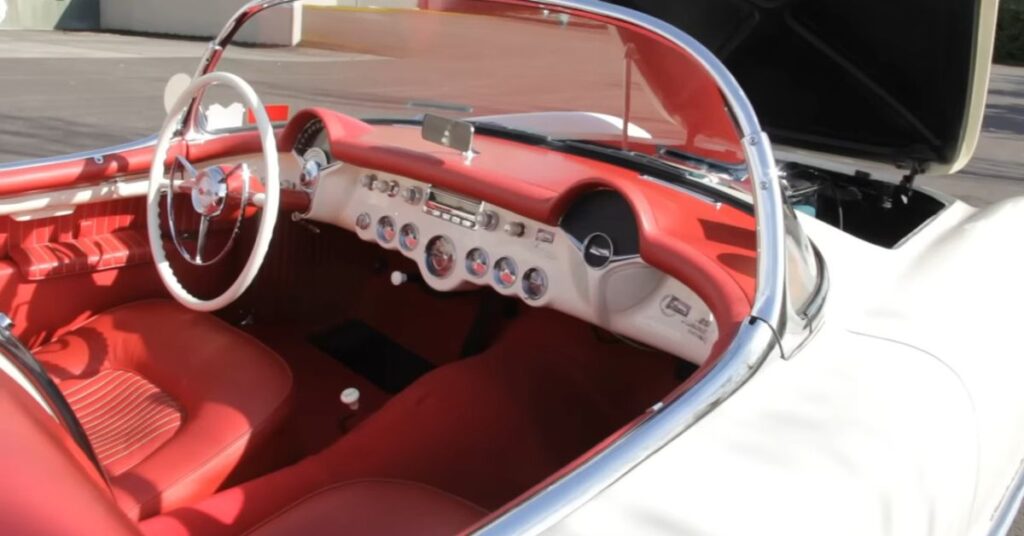
Overall, the interior of the 1953 Corvette successfully balanced comfort, style, and functionality. While it may not have offered lavish features or an abundance of space, it captured the essence of a true sports car, prioritizing the driving experience above all else. The interior of the 1953 Corvette perfectly complemented its eye-catching exterior, creating a cohesive and captivating package that continues to be revered by automotive enthusiasts to this day.
Honors and Recognition
The 1953 Corvette’s remarkable styling and groundbreaking features have earned it recognition and accolades. The United States Postal Service even honored the Corvette with a series of stamps, selecting the 1953 model for the artwork. This recognition showcases the enduring impact of the Corvette and its influence on American automotive culture.
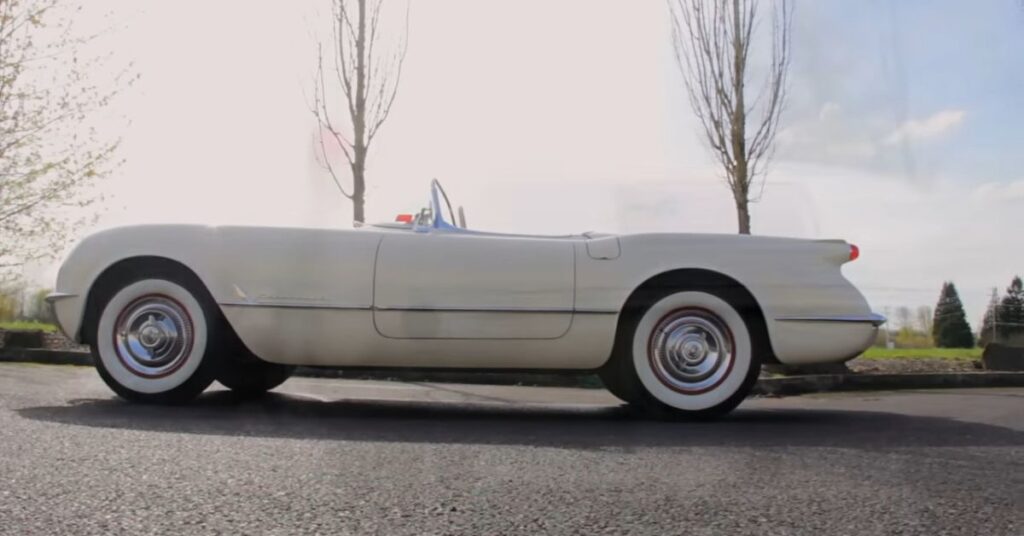
The 1953 Corvette holds a special place in the hearts of car enthusiasts worldwide. Its legacy extends beyond being the first Corvette model—it paved the way for future American performance cars, such as the Camaro, Mustang, and Thunderbird. The Corvette’s longevity and constant evolution have solidified its position as the longest-running passenger car brand in the world.
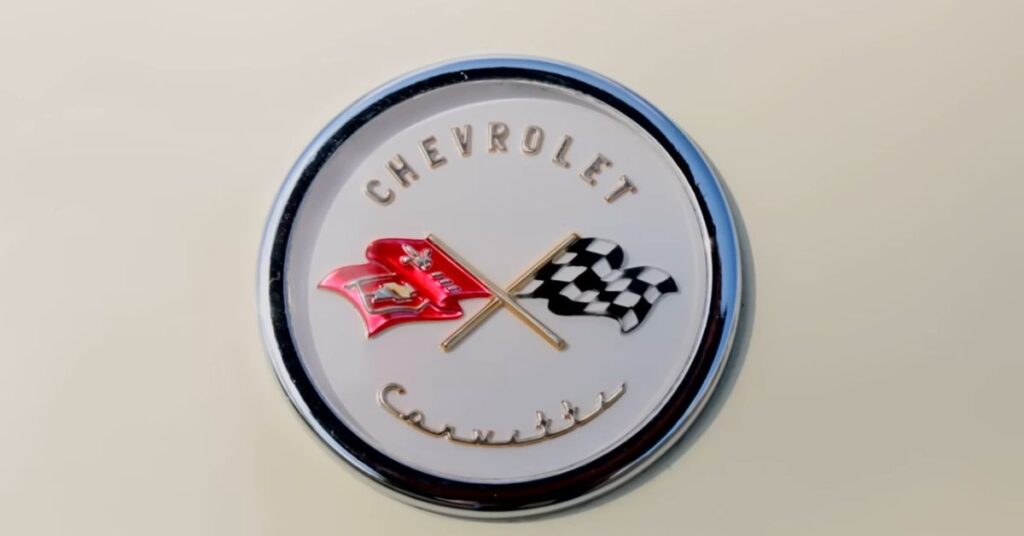
Conclusion
The 1953 Corvette represents a significant milestone in automotive history. Its innovative design, technological advancements, and racing ambitions set the stage fora new era of American sports cars. From its humble beginnings as a show car to becoming an iconic symbol of American style and performance, the Corvette continues to captivate car enthusiasts around the globe. The 1953 Corvette may not have been the fastest or most technologically advanced model, but it laid the foundation for the success and evolution of the Corvette brand. Today, the Corvette remains a symbol of American automotive excellence and continues to push the boundaries of performance and design.
